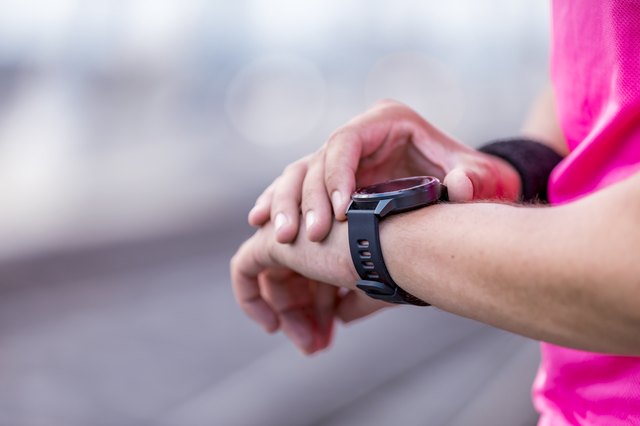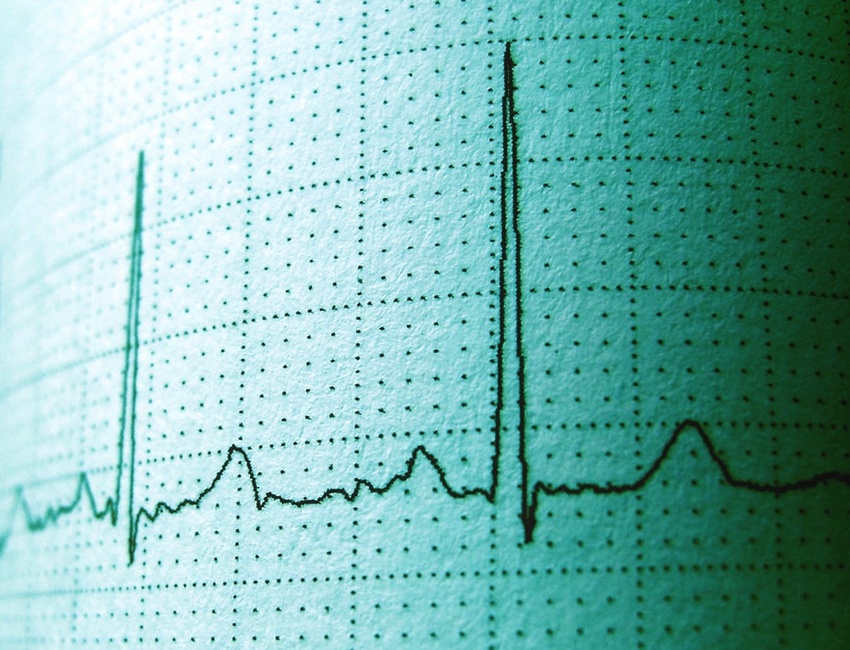

Medical News Today has strict sourcing guidelines and draws only from peer-reviewed studies, academic research institutions, and medical journals and associations. Arrhythmogenic right ventricular dysplasia: This happens when muscle in the right chamber of the heart dies, causing arrhythmia, or irregular heart rhythm.Left ventricular noncompaction: This rare condition, usually present from birth, happens when the left chamber of the heart does not develop properly and cannot pump enough blood.Hypertrophic cardiomyopathy: In this condition, the heart muscle becomes unusually thick.However, if an athlete experiences cardiac symptoms, a doctor can rule out other heart conditions like:

While athletic heart syndrome is relatively rare, there is usually no need to diagnose it because it typically causes no symptoms. They are merely physiological changes that occur because of repeated stimulus, and they allow athletes to perform their sport at a high level. These changes are not necessarily a bad thing. It describes changes in the heart due to continuous strenuous physical activity.Įxercise can cause a variety of changes in the heart, often called sport-specific cardiac remodeling, including increases in:
HIGH HEART RATE IN PERSON WITH HEART PRO HOW TO
Learn how to check your resting heart rate at home.Īthletic heart syndrome is a relatively noncancerous condition affecting people who exercise regularly. A 2017 research review showed that a RHR increase of 10 bpm raises the risk of all causes of death by 17%. Generally, lower RHR links with better health. Others, like thyroid medications, can increase it. Medications: Some medications, such as beta-blockers, can lower heart rate.Temperature: Warm temperatures can slightly increase heart rate.



 0 kommentar(er)
0 kommentar(er)
